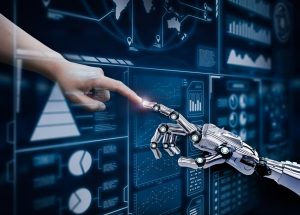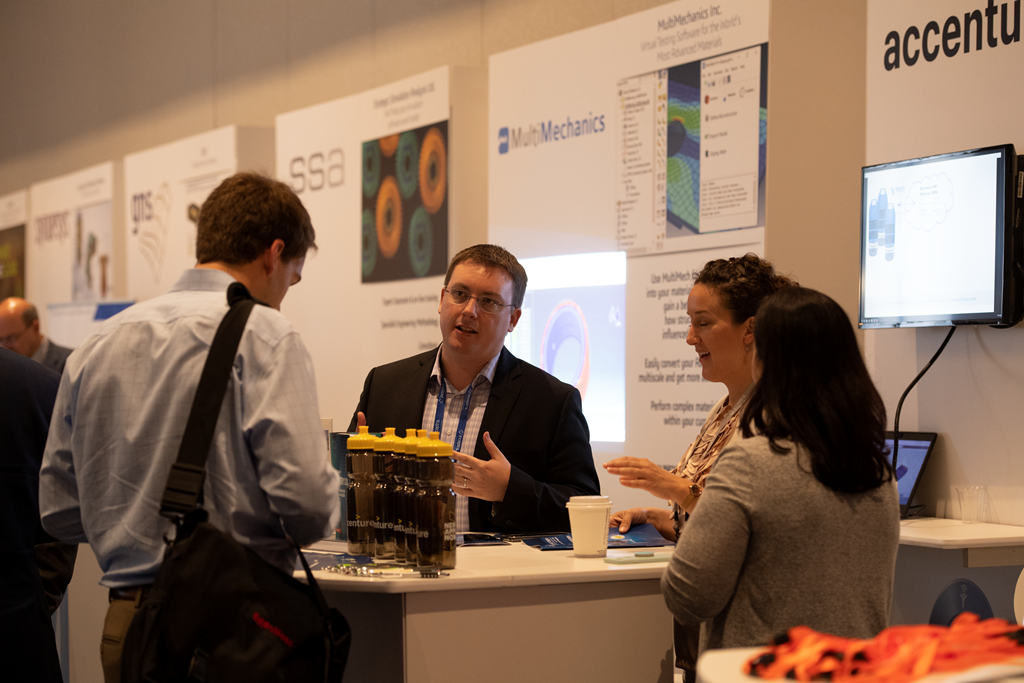Artificial intelligence is no longer just a futuristic notion — it’s here now, and more and more businesses are using it not only to become more efficient but to fuel new growth and innovation. What does that entail for work and the workforce?
At Accenture, we believe that AI will not replace human workers, but augment their ability to perform different roles by complementing their skills, collaborating with them on some complex tasks, and freeing them from routine or repetitive tasks through automation.
W hen we reviewed what 1,200 businesses around the world are doing with AI, we found that the leaders in this group are, in fact, investing in this kind of human and machine collaboration to grow faster, earn more, and hire more people than their competitors. Our findings even suggest that, if all companies were to do the same, they could boost revenues by 38 percent and lift employment levels by 10 percent between 2018 and 2022.
hen we reviewed what 1,200 businesses around the world are doing with AI, we found that the leaders in this group are, in fact, investing in this kind of human and machine collaboration to grow faster, earn more, and hire more people than their competitors. Our findings even suggest that, if all companies were to do the same, they could boost revenues by 38 percent and lift employment levels by 10 percent between 2018 and 2022.
The key phrase here is “if they invested” – the full benefits of AI and human and machine collaboration will not be achieved for free. Business leaders must begin to reimagine work, create new growth models and skill their people to do more valuable work while bringing voice recognition, machine learning, intelligent robotics and other kinds of AI into the organization.
To do this, it’s important to understand the full potential of AI. Although the technology can be used to automate certain tasks, its greater power is in the enabling of new customer experiences and service offerings through complementing and enhancing human work. Leading companies are already re-engineering their operations to build processes that are more fluid and adaptive, and are moving toward the idea of highly flexible teams that partner humans with AI solutions.
This collaboration is leading to the reinvention of many traditional ways of working; in auto manufacturing, for example, rigid assembly lines are giving way to groups of employees working closely alongside robots. Moreover, these novel types of teams can continuously adapt on the fly to new data and market conditions—enabling companies to actually reimagine various work processes: with AI the auto industry’s long-held belief in the fully flexible plant that can manufacture not just one, but all the car models in a manufacturer’s portfolio suddenly seems very feasible.
But changes like these require humans to keep up, too. We will need to learn how to best work with – and alongside of – the machines that make their way into our workplaces. In their book Human + Machine: Reimagining Work in the Age of AI, Accenture colleagues Paul R. Daugherty and H. James Wilson make the case that companies need to establish new ways of working relationships between humans and machines. Because in the future, employees might not be needed to do the work themselves, but rather to shape, teach, and sustain the algorithms that do it.

And their case seems to have merit. Accenture research has shown: leading companies in various industries are already pushing beyond mere automation, and are now developing the next generation of workflows and skills to capitalize on human-machine collaboration. And they do so by not only buying AI solutions, but by pushing for the changes in culture, leadership, management and workforce skilling that are required to succeed.
###
Editor’s Note: Aidan Quilligan is a managing director within Accenture, and the global lead of the firm’s “Industry X.0 practice”; Quilligan presented at Dassault Systemes 3DEXPERIENCE FORUM 2018 in Boston on June 20th.
